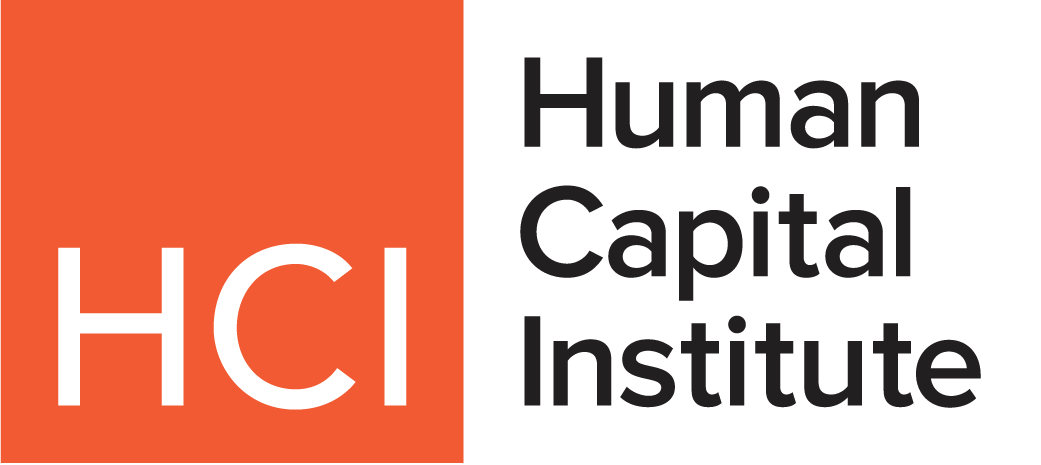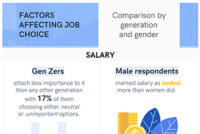Category: Recruiting
Recruiting is changing at a rapid pace. Some organizations are abandoning traditional methods for social media; some think software can do a better job than people.
Work/life balance is a commonly discussed concept among employees, employers, and labor market observers alike. A good balance between work and nonwork activities (i.e., family, hobbies, travel, personal health, etc.) is understandably desired by employees.
January is a boon time for recruiters. Following the winter holiday season, many employees embrace the new year to change jobs and embark on a fresh challenge.
Remote work, telecommuting, the gig economy, mobile workforces—today’s workplace is almost unrecognizable from what it was even a decade ago. To serve as an effective business partner in this era, HR professionals must not only understand how the workplace is evolving but also anticipate changing business objectives and keep up with geopolitical events, societal changes, […]
The world’s globally mobile population—expatriate (expat) employees who live and work abroad for at least 6 months—is on the rise. In fact, it’s estimated that there are now as many as 66 million people currently working in globally mobile positions, and that number could reach 87 million by 2021, according to a recent report. But […]
The beginning of the year is a time for looking forward and planning. What should we anticipate for recruiting in 2020?
The candidate experience has become top of mind for all talent acquisition professionals. Creating a memorable and positive experience is great for your employer brand, but a negative experience will have candidates heading for the hills.
Content marketing has, perhaps unsurprisingly, become one of the most widely used digital marketing tactics, trusted to boost brand awareness, website traffic, and conversion rates alike. It can also be an amazingly useful and cost-effective way to attract the top talent in your industry by showcasing your company values, goals, and employer brand.
Company culture has long been relegated to the “fluffy” side of business in the minds of many corporate veterans and observers. An engaging, a friendly, a welcoming, or even just a pleasant place to work is often thought of as something nice to have … as long as the company is making money.
“How do I consider age when reviewing someone for an executive role?” Age discrimination—being considered too old or too young—can be a factor in executive hiring at the most senior levels. Executive hiring is complex, however, and depends on a variety of issues, including personal attributes, industry, and function.
2019 was a challenging year for talent acquisition professionals! Unemployment continued to trend at the lowest levels seen in over 50 years, causing candidates to become more selective in the employers they choose to work for.













